The Mill’s Blackbird can be morphed to look like any vehicle.
Category: transportation – Page 597
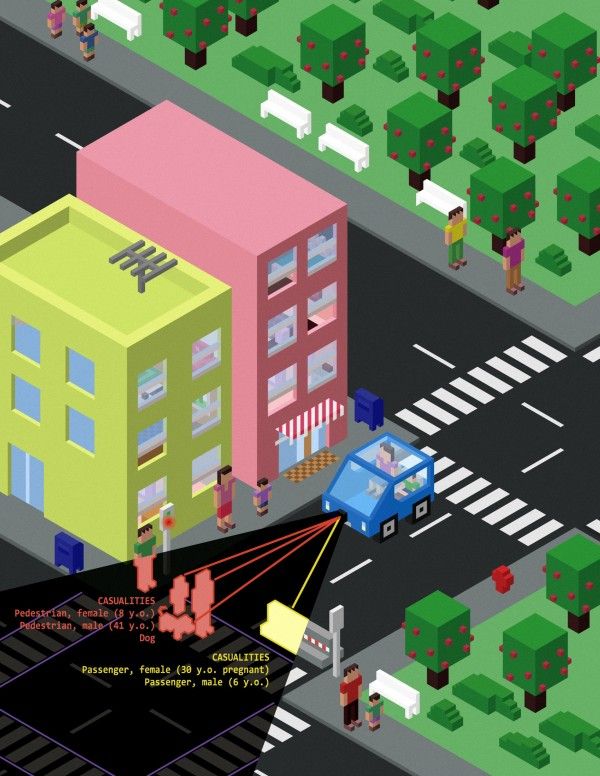
Dilemma over driverless cars as researchers put ‘sacrifice’ in spotlight
I am glad folks are listening. To get buy in for driverless autos will require proof and campaign showing the safety features of a driverless car over non-driverless. Along with this, auto makers will/ MUST prove that these cars cannot be breeched and controlled by hackers. Until we have safety proven and presented to the public like Volvo did in the late 80s; self driving cars will not be adopted broadly; it will be limited to metro cities in the US.
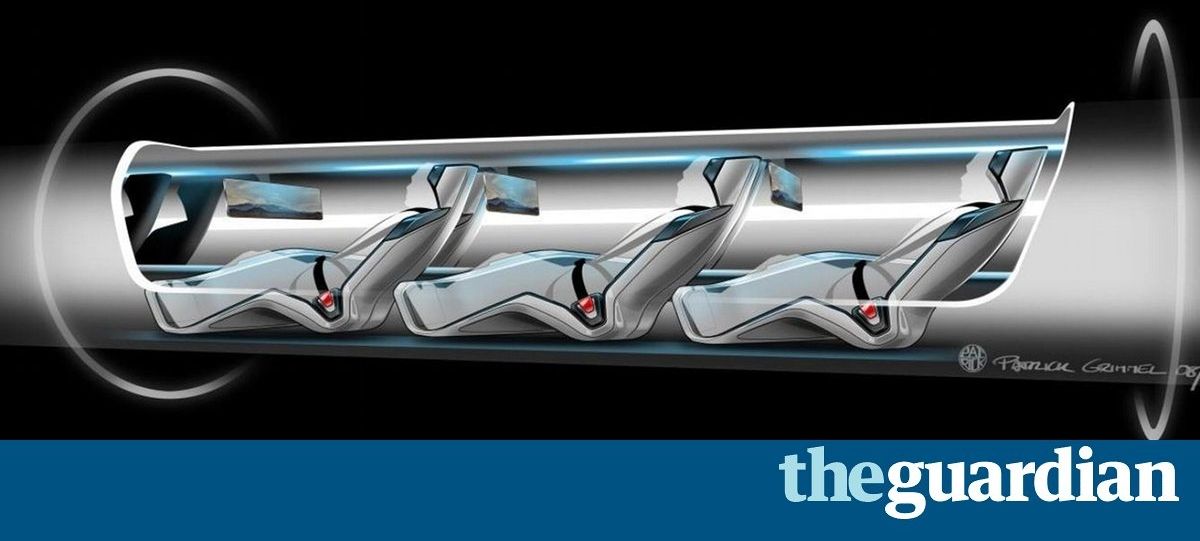
Moscow to explore high-speed Hyperloop commuter transport system
Moscow has signed an agreement with Los Angeles-based company Hyperloop One to explore building a futuristic, high-speed transportation system known as a Hyperloop in the Russian capital.
A Hyperloop involves using magnets to levitate pods inside an airless tube, creating conditions in which the floating pods can shuttle people and cargo at speeds of up to 750 mph (1,200 kph).
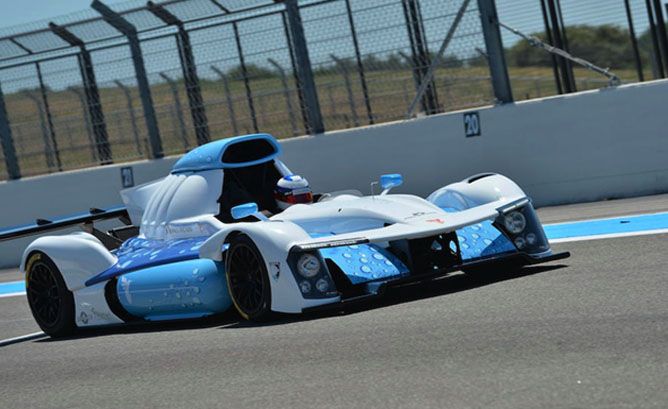
Hydrogen-Powered Race Car Runs Laps at Le Mans
Ford’s GT claimed first place in its class at the 24 Hours of Le Mans on the 50th anniversary of the first of its four outright victories in the 1960s, and Porsche’s 919 Hybrid snatched a second consecutive Le Mans victory.
The unheralded news of this year’s Le Mans race, however, is a hydrogen fuel cell race car completed laps on the Le Mans circuit for the first time in history.
The pioneering car was a Green GT H2, driven around the French track by former Formula 1 driver Olivier Panis during a break in qualifying, and again before the race started.
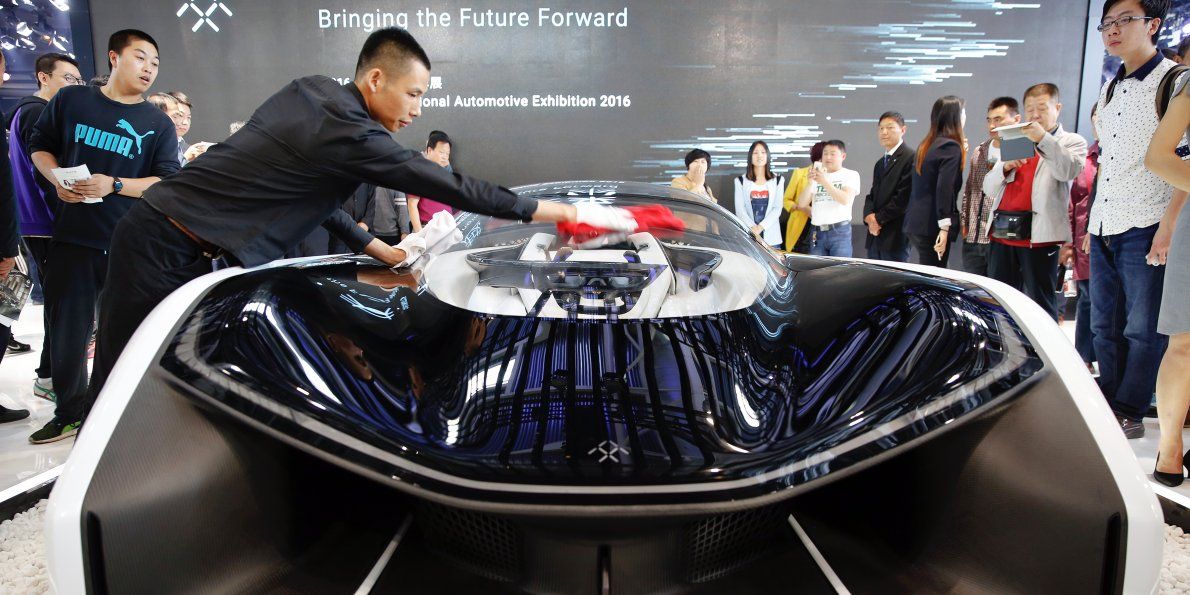
Faraday Future gets approved to test self-driving electric cars in California
DETROIT (Reuters) — Faraday Future plans to begin testing prototype self-driving electric vehicles on California roads later this year after winning approval from the state, an industry source said on Tuesday.
The China-backed, Los Angeles-based startup plans to begin building and selling electric vehicles next year in the United States, but has not disclosed details of its self-driving program.
A spokesperson from the California Department of Motor Vehicles on Tuesday confirmed that Faraday had been approved to test self-driving vehicles on public roads on June 17.
Detachable plane cabin could save lives
Click on photo to start video.
This detachable plane cabin could save many lives.
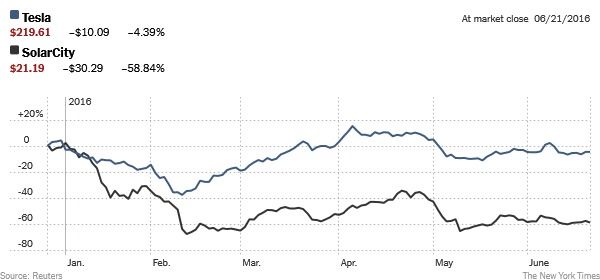
Elon Musk Aims to Shore Up SolarCity by Having Tesla Buy It — By Michael J. de la Merced and Peter Eavis | The New York Times
” … Tesla Motors said on Tuesday that it had offered to buy SolarCity in an all-stock deal, one that could value the latter at as much as $2.8 billion. The aim, Mr. Musk argues, is to create a renewable-energy giant, collecting clean electricity and putting it to work propelling cars.”
This Electric Racecar Goes Faster Than The World’s Fastest Car
This electric car can go from 0–60 in two seconds.
